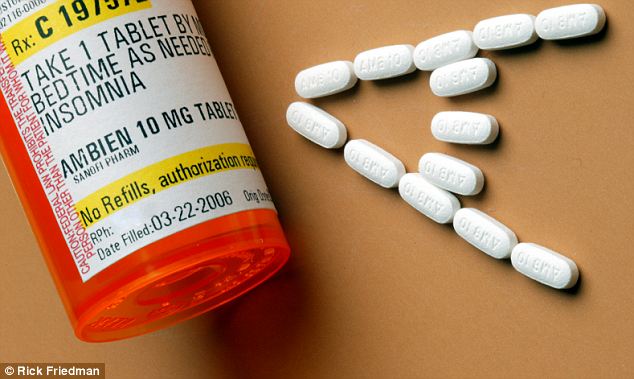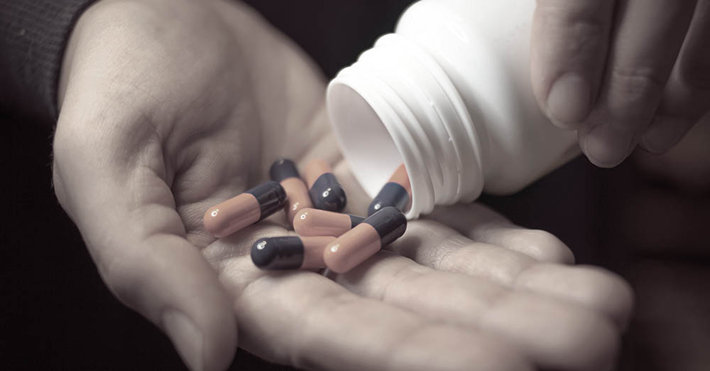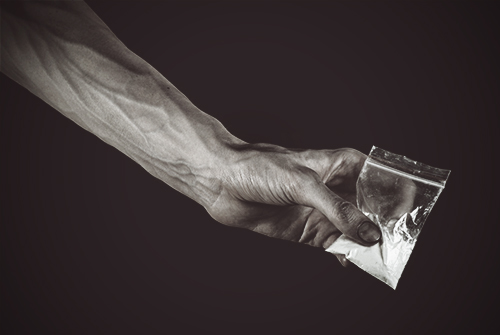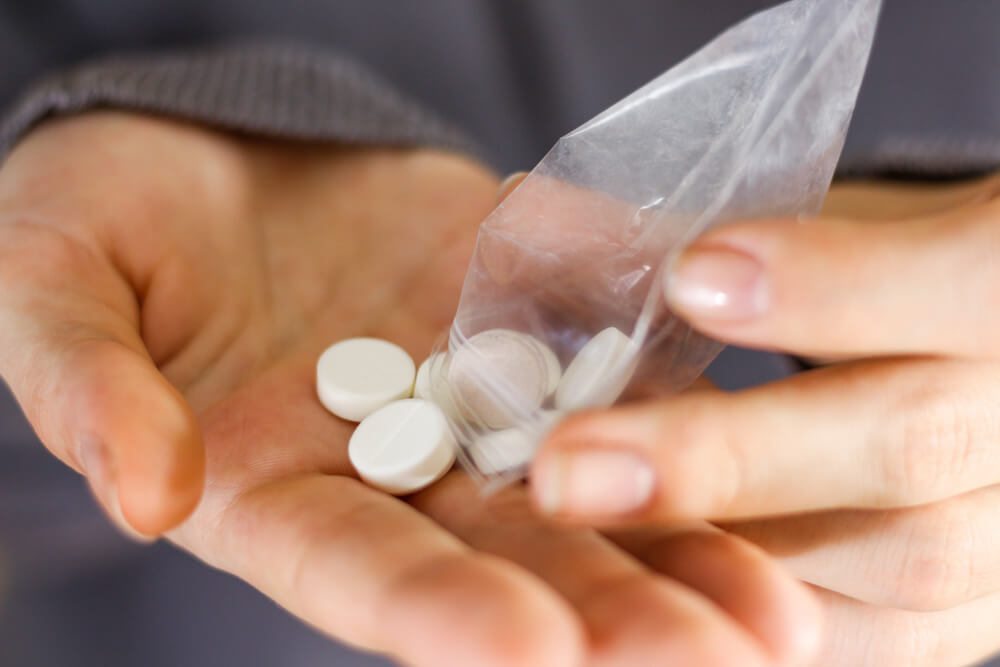Effects of Cathinones Abuse
Cathinone is an intoxicant found in khat, a plant grown in Yemen, Ethiopia, Somalia and other countries near the Horn of Africa. It is a mild and addictive stimulant that is released into the body when the leaves of this plant are chewed. The trafficking of this plant is very limited because the drug loses its stimulating qualities very quickly after harvesting.
But synthetic cathinones are a different matter. These are strong and dangerous stimulants invented in a laboratory. Chemically, they resemble the intoxicant in the khat plant. But unlike the plant, they have had deadly effects for too many people.
Drugs in this class include mephedrone, MDPV (3,4-methylenedioxypyrovalerone) and methylone. These are the primary chemicals that were originally found in the drugs that were labeled “bath salts.” Bath salts are not really substances for the bath, they are only labeled this way to circumvent certain laws. If a substance is not meant for human consumption, different laws apply to it. So sellers would label their drugs “not for human consumption” or “for a refreshing bath.” Or they would label the powder as some other non-consumable product, like jewelry cleaner, glass cleaner, plant food or research chemicals.
As adverse effects of cathinones began to show up, law enforcement personnel were powerless to stop the sale of the drugs because there was no law on the books that applied to them. It took many months for state legislatures to catch up, enabling local police to seize the products and so get them off the market.
The Most Adverse Effects Possible
People abusing these drugs hear that they will have more energy, be the life of the party, enjoy sex more – and that the substances will be undetectable by drug test. At one time, they were not detectable. Drug tests weren’t looking for those chemicals. This is no longer true – up to a point. Drug tests now can detect more than a dozen of these chemicals but there are many more of these drugs being added to the list every month.
Cathinones are included in the group of “designer drugs” – so called because all a chemist has to do to evade seizures by law enforcement is design a new molecule. Change the chemical structure in some tiny way and the seller can claim that this is a new drug. There are hundreds of synthetic drugs in this and similar classes that are being watched in Europe and the US to determine their dangers. In the US, the original cathinones have been banned by federal law and most states have followed suit.
The result of the utter immorality of cathinone chemists is that thousands of people have suffered dangerous or even deadly effects of cathinones. Many have lost their lives, sometimes at their own hands.
These drugs are said to be similar in effect to cocaine or methamphetamine. But whereas cocaine and methamphetamine use are not likely to result in hallucinations, delusions, psychosis and suicide, these effects are more likely when a person uses cathinones.
The Dangerous and Not-so-Dangerous Effects of Cathinones
- Dizziness
- Confusion
- Aggression
- Agitation
- Overheating
- Increased energy and alertness
- Headache
- Insomnia
- Vomiting and nausea
- Delusions
- High blood pressure
- Hallucinations
- Palpitations
- Liver failure
- Kidney failure
- Paranoia
- Suicidal thoughts or actions
Rehab Can Save Lives
If a person is abusing drugs and has not yet started abusing cathinones, the family has a chance to get him (or her) into rehab and thereby prevent the serious effects of these drugs. If he has started abusing these drugs, as determined by the list of effects above, or by evidence such as empty packages with labeling as described above, then the family should waste no time. These drugs are highly addictive and once he starts, he may not be able to stop.
Losing a life due to drug abuse is a terrible waste. The Narconon drug and alcohol rehabilitation program has saved many lives from overdose or accidental death – or from jail. It is an eight to ten week program, on average, that gives a person who has lost everything a chance to rebuild. What most people find is that if they are willing to engage with the program and do their best, they can achieve the result of a lasting sobriety. They can regain the skills for making drug-free decisions, every day for the rest of their lives.
It takes most people eight to ten weeks to work through all the recovery, learning and repair steps of this program. Some people need more time to gain the ability and confidence to live drug-free. Graduation arrives when the lessons have been learned, when one’s self-respect has been restored, and when one knows how to repair the relationships that took such a beating.
Families say that they have their loved ones back again, as they graduate from program.











